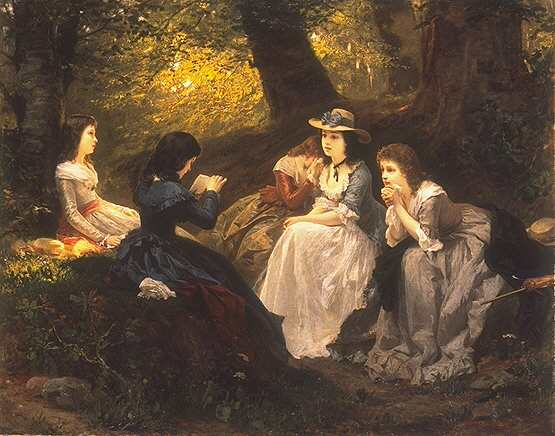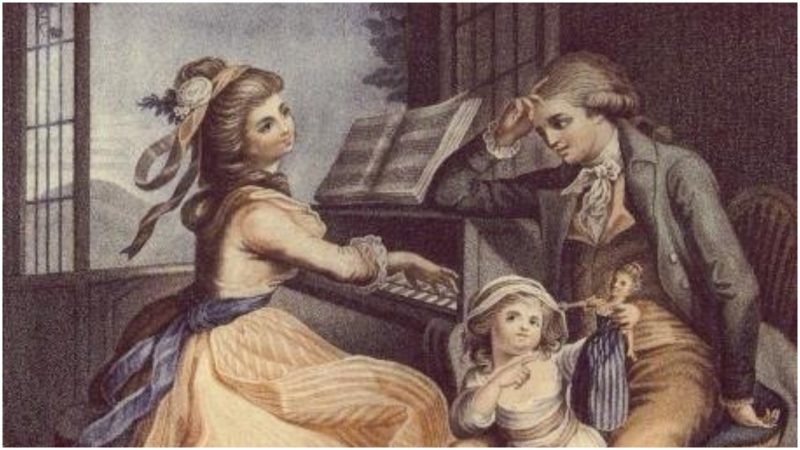While there is only one way to arrive in this world, there are countless ways to die. Death comes in many shapes and forms. The outbreak of the Bubonic plague in the late Middle Ages killed most of the population in many cities and totally wiped away whole villages. Perhaps one of the more far-fetched theories regarding how the whole of human civilization could meet its end speaks of man-made nanomachines that develop and grow by eating atoms, and thus eventually become able to eat the entire universe.
In modern times, heart failure and various forms of cancer score high as factors leading to individual deaths. However, in some cases, people opt for death by choosing suicide. A rather unconventional way to go about it is taking the path of a copycat suicide. By definition, the copycat suicide is an emulation of the suicide of another person, most likely a famous one. Supposedly, the person who is to commit a copycat suicide is usually moved to act by a report on the TV, or, as history suggests, by the written word.
In the past, one of the earliest known links between a creative work and suicide is considered to be Goethe’s novel Die Leiden des Jungen Werthers (The Sorrows of Young Werther), first published in 1774. The novel is considered to be the most important work of the “Sturm and Drang” proto-Romantic movement of German literature that went on to influence the Romantic movement in literature.
Once Goethe’s book was published and grew in popularity, young men started to mimic the main character, Werther, dressing in the same fashion as he was portrayed in the book. The trend was observed as the “Werther fever” and was disapproved of by some authorities. What really provoked a reaction was when young men also started to mimic the conclusion of the novel, where Werther takes his own life with a pistol, after the women he loves rejects him. This caused the book to be banned in countries such as Denmark and Italy.

Two centuries later, in 1974, the phenomenon became known as the “Werther Effect” thanks to the researcher David Phillips. According to further work he had done throughout the 1980’s, suicides and similar accidents are often seen to increase after a suicide has been well-covered by the media.
Other intriguing discoveries have been that it is usually either the young or older people, rarely the middle-aged, who are prone to the Werther effect. Oftentimes, the people who copy the form of somebody else’s suicide are of the same age and gender as the individual they are mimicking. The time frame in which the effect takes place is usually within days and sometimes weeks after the initial suicide is announced.
For example, following the death of Marilyn Monroe from an overdose on August 5, 1962, the suicide rates increased by 200 more than the average during that month. On the other hand, when the iconic frontman of Nirvana, Kurt Cobain, committed suicide in 1994, despite there being fears of a strong Werther effect, an actual increase in suicides did not occur in wider society.
Although Goethe’s novel may have triggered this effect in the past, nowadays, the first to get the blame these days is usually the media and their sensational way of reporting on sensitive types of news. Some countries such is Norway do not report suicides at all in order to avoid any chance of a greater tragedy.
According to Phillips, “Hearing about a suicide seems to make those who are vulnerable feel they have permission to do it.” The phenomenon is also compared to those cases where people who begin taking drugs, usually have somebody else to look up to in their social surroundings.

Further studies done in Germany and Japan have affirmed that suicide rates can jump within ten days following a television report. The factors involved may be various, but it is deemed that people perhaps see the act of suicide as a glamorous ending to their life. The person going for this way of ending their life is often in order to get a lot of attention and sympathy, something they might have felt they never had in their life.
For other researchers, these conclusions and studies are rather misleading. Other accounts and theories suggest that people are prone to imitate those who seem similar to them, regardless if society approves of their behavior. Being prone to copycat suicide may come as a trait learned from friends and acquaintances, or simply because suicidal people are more likely to resemble one another.
Whatever idea about suicide you might pick from the news channels, from the internet or elsewhere, remember, suicide is not cool, m’kay!?
